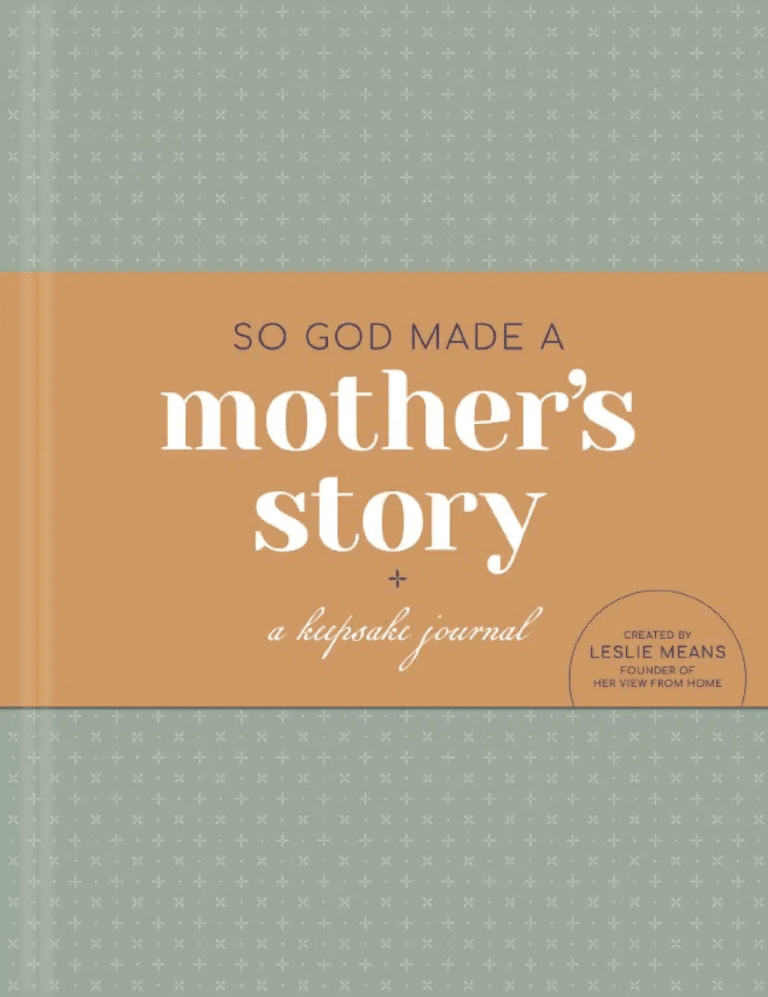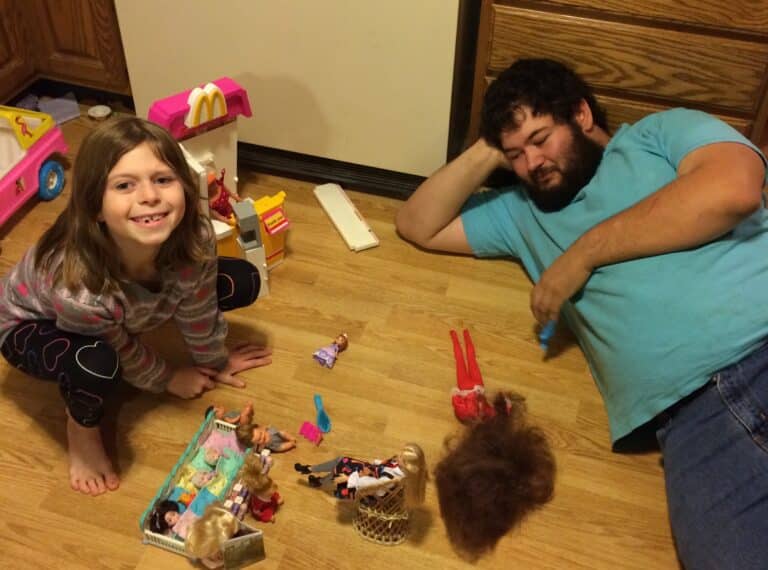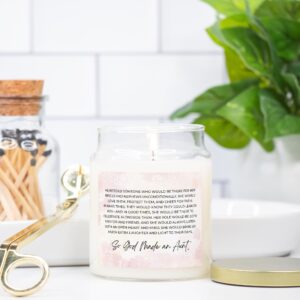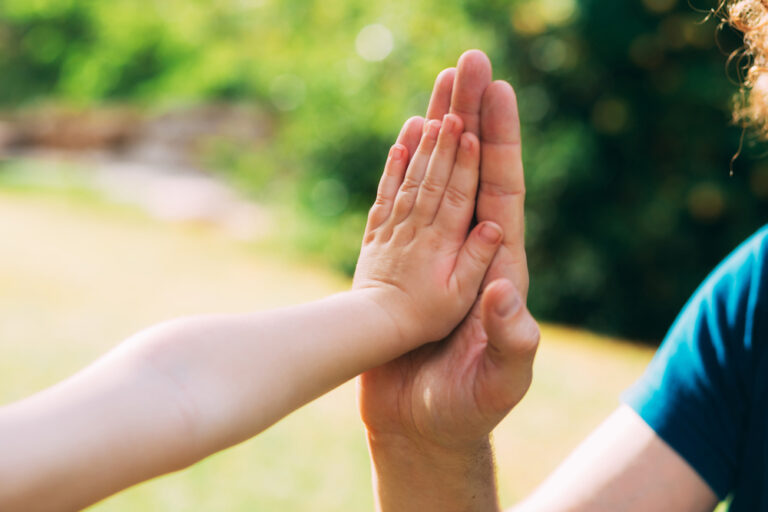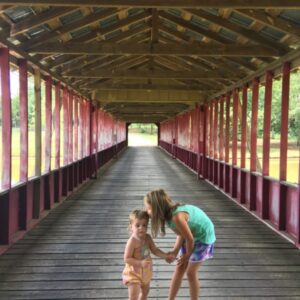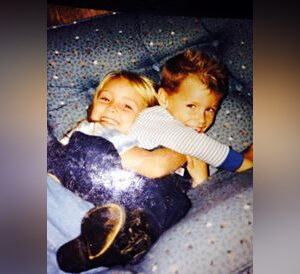“Mom,” my daughter whined, “I give up. I can’t do this anymore. She is driving me crazy.”
I knew the feeling. It was a familiar one. We were doing a few days of respite care for a girl half our daughter’s age—seven years old—the same age my daughter was when she came to us as a foster child herself.
My daughter, now 13, has grown so much in the past six years. When I asked for her help with this foster child, she was eager to take on the responsibility, but it quickly proved a trying task.
“Mom, she’s just so naughty! She doesn’t listen!” she sighed. “I can’t play with her anymore.”
My daughter had been an amazing help—she had been patient and gentle with the girl, who was, admittedly, a challenge. She was even sharing her toys (which has always been hard for her).
“Well, why do you think she’s being naughty?” I asked her.
My daughter looked away from me and gave a shrug. “I don’t know,” she mumbled in a way that told me she very well did know.
I knew, too. “Are you thinking about when you first came to our house?”
She nodded, her eyes still avoiding mine.
RELATED: Caring For a Foster Child Means Loving His Little Red Bear, Too
It was something she didn’t like to think about, much less talk about. It was a memory fraught with trauma. But I persisted in my inquiry: “Do you remember how you felt?”
She nodded. How could she forget? I certainly couldn’t.
She had been terrified.
That first night, when we invited her to watch TV with us, she didn’t even respond to our request. Instead, she put a blanket over her head and stood in the corner of the living room as though hiding from us might make it all just go away. It earned her our attention, which we figured was her goal, but she pushed against every attempt at connection we made. She refused every fun activity we set before her, and she lashed out in strange and frightening ways.
Those early days with her were hard.
She shrieked. She cried. She snarled. She hissed. She scratched. She licked things. She hit herself in the head. She spanked herself. She bit herself.
She refused almost all food except peanut butter and graham crackers. When she did eat, she took way too much into her mouth, pocketing food in her cheeks instead of swallowing. She held her food there for hours after the meal was over.
She was seven years old and weighed 36 pounds.
We knew what she was doing: she was trying to get this nightmare to end. She was trying to present us with such a challenge that we would give up on her and send her back to her biological family, back home. She just didn’t understand that wasn’t possible.
Her behavior was her armor.
We knew she was trying to protect herself in the only way she knew. She was acting out of pain.
“Do you remember how Cordel helped you feel welcome?” I asked her.
She nodded. That was six years ago, but I could tell by the look that crossed her face the memory was vivid yet. His kindness had been her turning point.
Cordel was the first foster child we ever had, and though he’s been living out on his own for years now, he’s still every bit our son in our hearts. He’s 11 years older than she is, an overgrown teddy bear with an impressive beard who loves popcorn and Elvis Presley and Disney movies and fast cars. Our first days with him were rough, too—there’s always a period of adjustment when a new child moves into your home—but he understood the challenge of that transition.
When he heard we had a new foster daughter, he came over immediately, a box full of dolls in his arms.
“Hi,” he said, smiling at her. “I’m Cordel. I used to live here when I was in foster care.” He gave her the box of second-hand dolls that smelled of second-hand smoke. But to her, they smelled familiar—like the home she had lost.
“Do you want to play with me?” he asked.
She did not shy away from him as she had from us. Instead, she nodded, accepting his gift. I watched them with tears in my eyes—it was one of the most beautiful things I have ever seen. Already, there was an unspoken bond between them. He understood her in a way I could not, could never. They didn’t talk about their trauma—they didn’t have to.
They just played dolls.
The shell of her resistance crumbled away, revealing the little girl within.
Cordel left the box here for her, and it is still in her bedroom six years later.
She never forgot his kindness, and neither had I.
RELATED: To the Foster Child Searching For Home
“I know it’s hard,” I said to my daughter, “but do you think you could do that for this little girl? Can you do for her what Cordel did for you? Can you play dolls with her?”
She understood the immensity of this small request. She knew I was asking her to do more than just entertain the girl. I was asking her to reach out and help her feel less alone. I was asking her to make a connection.
I was asking her to be patient in the face of this girl’s pain.
She nodded.
She understood the challenge, and she accepted it.
She found her box of dolls, and my daughter passed on the gift of understanding and connection that Cordel had given to her. They didn’t talk about their trauma. They didn’t talk about their absent parents. They didn’t talk about social workers or case managers or supervised visits.
They just played dolls.
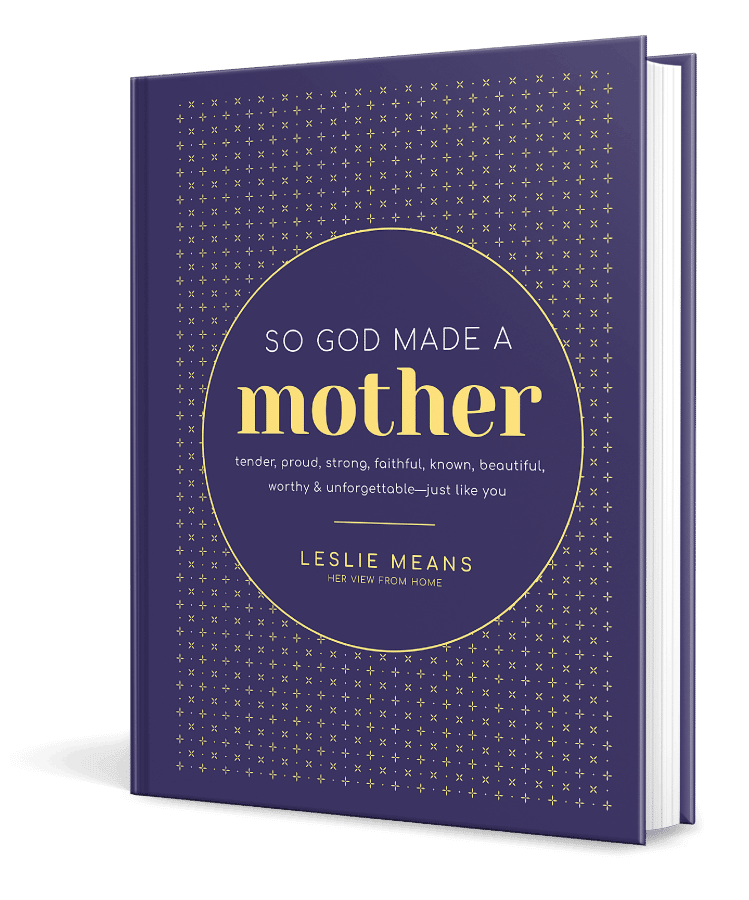
If you liked this, you'll love our book, SO GOD MADE A MOTHER available now!
Order NowCheck out our new Keepsake Companion Journal that pairs with our So God Made a Mother book!
Order Now